The Inbox: Aren’t Hand Wound Perpetual Calendars Obsolete?
If hand-wound perpetuals are such a bad idea, why do they even exist?
Greetings all, and welcome back to The Inbox. We’ve been on a little bit of a hiatus since our last incarnation as the The 1916 Company Inbox (where we tackled questions ranging from why you really should service your watches, to whether or not there’s such a thing as too many Rolex, to whether or not it’s possible to even innovate in watchmaking anymore). Recently, a reader wrote in, asking this:
“Why would a watchmaker make a perpetual calendar that isn’t automatic wind? If you put it down for a few days and forget to manually wind the watch, you’ll be spending your time setting the date functions, which defeats the purpose of the amazing feat of having a watch that doesn’t need a date correction for nearly a century. That’s one step forward, one step sideways, and two steps back for anyone not winding it every other day (which itself fights the idea that a perpetual calendar offers ease of use). I know, I know. The movement is going to be fatter with a rotor and covered under the rotor. Still though. Come on.”
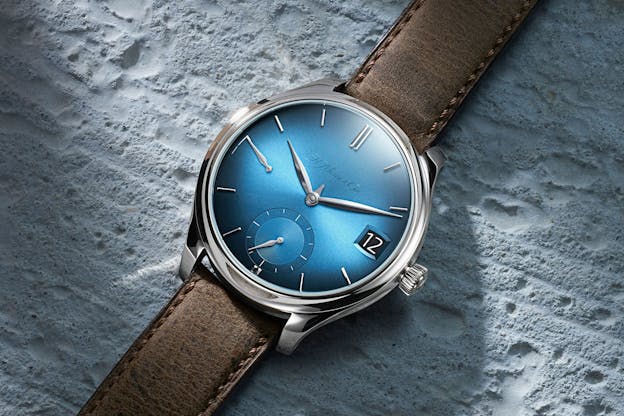
This question was obviously asked with a certain level of feeling but it is I think a reasonable one. A self winding perpetual calendar at least at first glance would seem to make a good deal more sense, since it is less likely to stop thanks to running down its power reserve, and moreover it can be kept on a winder when you’re not using it so that you don’t have to go to the trouble of re-setting the calendar if you haven’t worn it for a while.
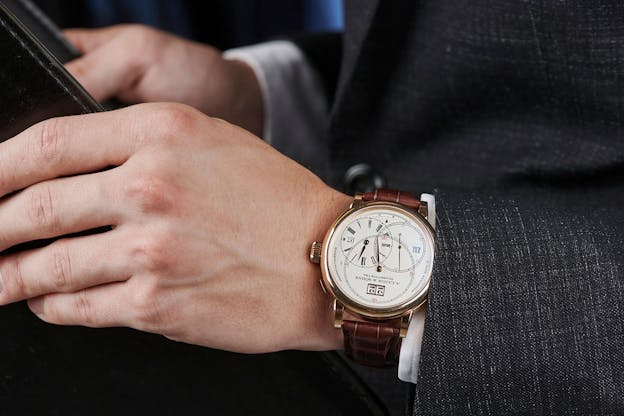
However, there are several reasons why hand-wound perpetual calendars continue to be made. First of all, they can be found in the collections of many high end watchmakers – Patek’s ref. 5270, Lange’s Datograph Perpetual, and Moser’s Endeavour Perpetual Calendar are all hand-wound. As the question points out, as a general rule an automatic watch with a perpetual calendar will all other things being equal, tend to be thicker although this is certainly not necessarily the case. Both Vacheron Constantin and Audemars Piguet make ultra-thin self-winding perpetual calendars (both based on the same ultra-thin movement, the VC 1120/AP2120) and Patek’s caliber 240 Q allows the company to make the 39mm x 9.71mm ref. 5327, while the hand-wound Richard Lange Terraluna is 45.5mm x 16.5mm, so clearly, whether or not a perpetual is hand-wound or automatic is not by itself a decisive factor in the thickness of a watch.
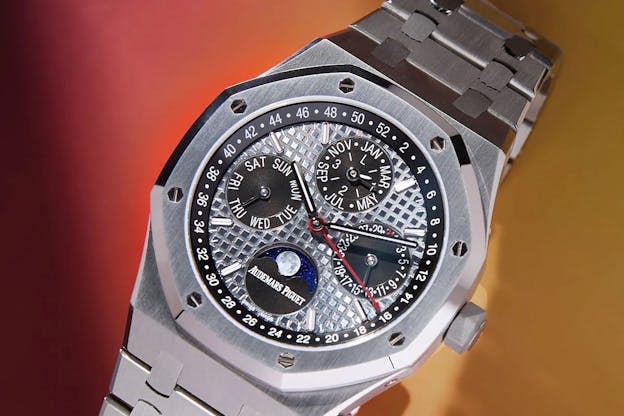

The objection that a perpetual will have to be reset if left unused for any length of time is a valid one, although the degree to which this represents a real problem, depends on the watch and how long it has been left unwound. A traditional perpetual calendar has correctors which, while somewhat fiddly to use, do allow the owner to set the watch up if necessary and some perpetuals, like the Kurt Klaus-designed coordinated perpetual calendar from IWC, allow the owner to set all indications from the crown. The latter design, however, can be a challenge if the watch has been idle for a longer period of time. I can still remember getting an IWC Da Vinci Perpetual which hadn’t run for over a year, and the considerable trouble it was to turn the crown repeatedly until the calendar was updated). You actually can buy watch winders for hand-wound watches although they are harder to find and more expensive than standard winders for automatic watches.
Automatic winders are a relatively recent development, although technically, they have been around since the late 18th century, as Breguet’s “Sympathique” clocks were capable of winding the watches docked to them.
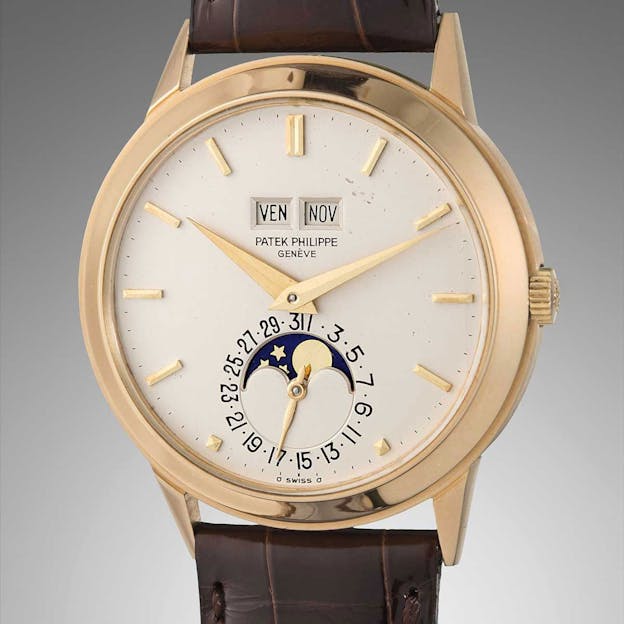
I suspect that the main reason for making a perpetual calendar hand wound nowadays, is aesthetic. Patek Philippe could certainly make all of its perpetuals automatic if it wanted to – its first automatic perpetual calendar, the ref. 3448, came out in 1962 (and was famously worn by Andy Warhol, whose 3448 recently sold at Sotheby’s for CHF 293,000) – but its even longer tradition of making hand-wound perpetual calendar chronographs offers an aesthetic experience you can’t get from an automatic.
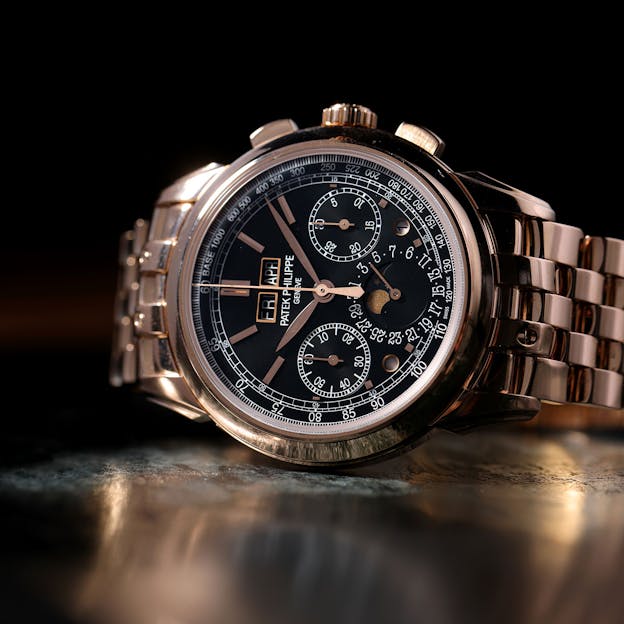

I don’t think the view through the caseback of, say, the ref. 5270, would be improved by a rotor and in any case, adding an automatic winding system to this caliber would in fact, make for a physically ungainly watch as well. Between tradition, aesthetics, and the fact that not every hand-wound movement which supports the perpetual calendar complication can or should be converted to an automatic winding system, I think there is a strong argument for the appeal of hand-wound perpetuals as well.

